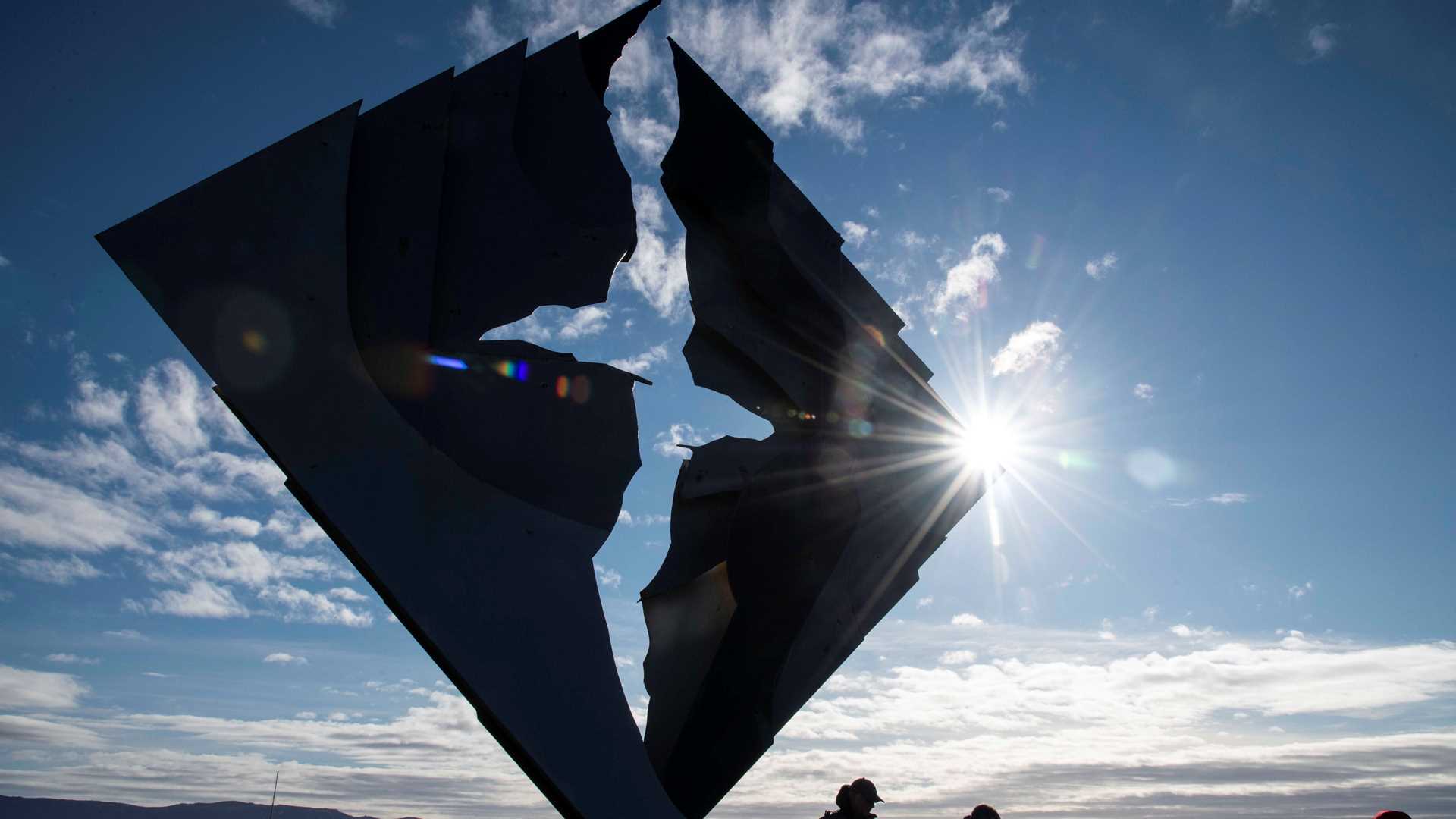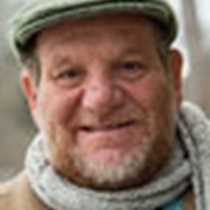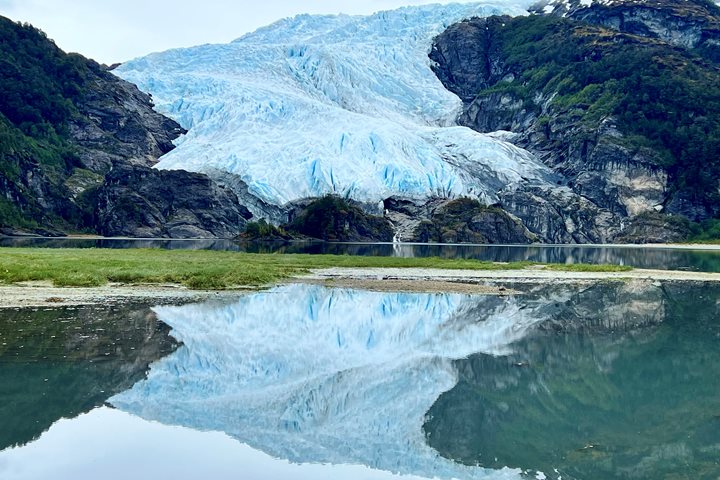The road signs in Ushuaia proudly declared the town to be the southernmost in the world: Fin del Mundo. Chileans may choose to disagree but this lively township (at least in the summer season) on the Beagle Channel has an interesting history. When Captain FitzRoy of HMS Beagle surveyed this passage from the Atlantic to the Pacific to the south of Tierra del Fuego, he had captured some members of the native population to take back to England between voyages. Jemmy Button, York Minster, Fuegia Basket, and Boat Memory were dressed in contemporary English costumes, taught English table manners, and even presented to the royal family before being returned to Tierra del Fuego in the company of Charles Darwin on the voyage that departed from Plymouth in 1831. (Boat Memory sadly died while in England, as a consequence of a well-intentioned smallpox inoculation.) What ensued was a fascinating case study in the relative strengths of nature versus nurture, with the released Fuegians (as FitzRoy called them) quickly reverting to their former habits, an occurrence noted with horror by Darwin.
A place at “the uttermost ends of the earth” was of particular interest to Protestant missionaries anxious to help the eschatological process along by preaching the gospel to the local inhabitants in their native tongue to hasten the Second Coming. A Patagonian Missionary Society had been established for this purpose and it was as a result of this organization’s activities that Thomas Bridges and his wife opened the mission school around which the settlement of Ushuaia grew up. Thomas Bridges came to appreciate the sophistication of the native people through his mastery of their language and worked for a decade through the 1870s to compile a Yahgan-English dictionary even as the native population was decimated by European-introduced diseases and later by deliberate genocide. Ironically, the missionaries had saved the language through Bridges’s dictionary but destroyed the cultural group that had spoken it. In the century from 1832 to 1932, the native population of Tierra del Fuego fell from 3,000 souls to just 43.
Further to the south, a veritable “uttermost end,” lies Cape Horn, a name feared and respected by generations of sailors and Cape Horners themselves. The sea captains who regularly took ships around this perilous island at the southernmost tip of South America were the elite of their profession. The Cape is on the island of Hoorn, named after a 17th-century Dutch vessel which carried early Dutch adventurers to this southernmost destination but foundered at Puerto Deseado on the Argentine Patagonian coast. The black cliffs of the southern cape rise 424 metres from sea level. In perfect and uncharacteristically normal weather conditions, we were able to make an early morning landing and visit the still-manned lighthouse, the Albatross Monument, and memorials to Captain FitzRoy, who came here on his first Beagle voyage, and the Cape Horners. We may now count ourselves amongst their number.









